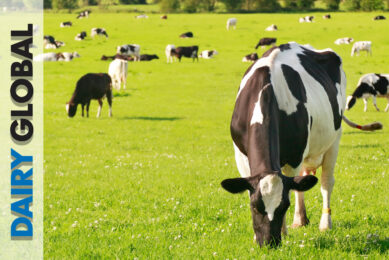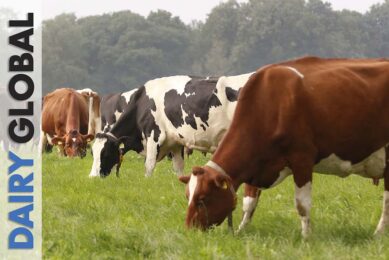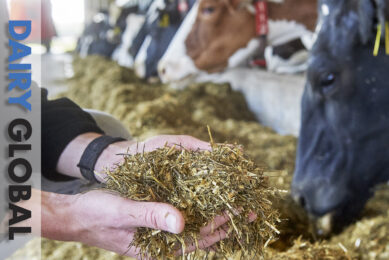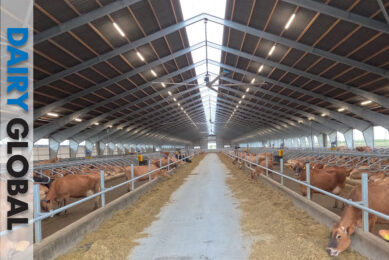Dairy Global 5: Read the final 2021 edition now!
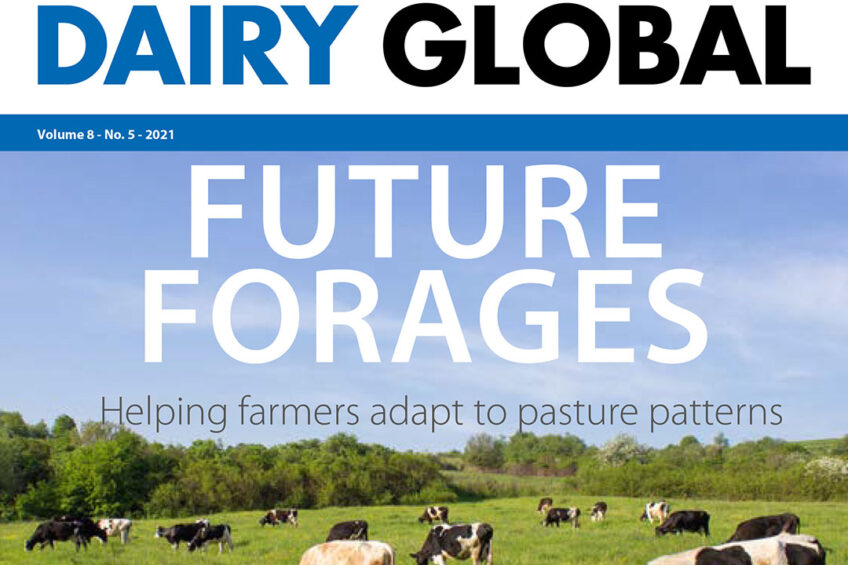
In this edition we take a look at the soybeans situation and its use in animal feed. We dive into new forages for the future where Australian scientists are developing new forage varieties and species to support the dairy industry. This and more in the final 2021 edition of Dairy Global.
Read the digital version of Dairy Global edition 5 here!
Soybeans situation: 2021 and beyond
Soybean is a crop that is now critical in sustaining the current human population, but it also brings huge sustainability concerns in terms of cultivation in South America. Large amounts of native habitat have already been destroyed for activities such as pulp production, beef production and soybean cultivation, mostly for animal feed…more on Page 6.
Aerobic deterioration of silage
Air is the most important factor affecting silage fermentation. It exerts its influence through the activities of aerobic micro-organisms such as bacteria, yeast and aerobic fungi. These micro-organisms act together on lowering the nutritive value of silage by altering its chemical and physical characteristics. Page 9.
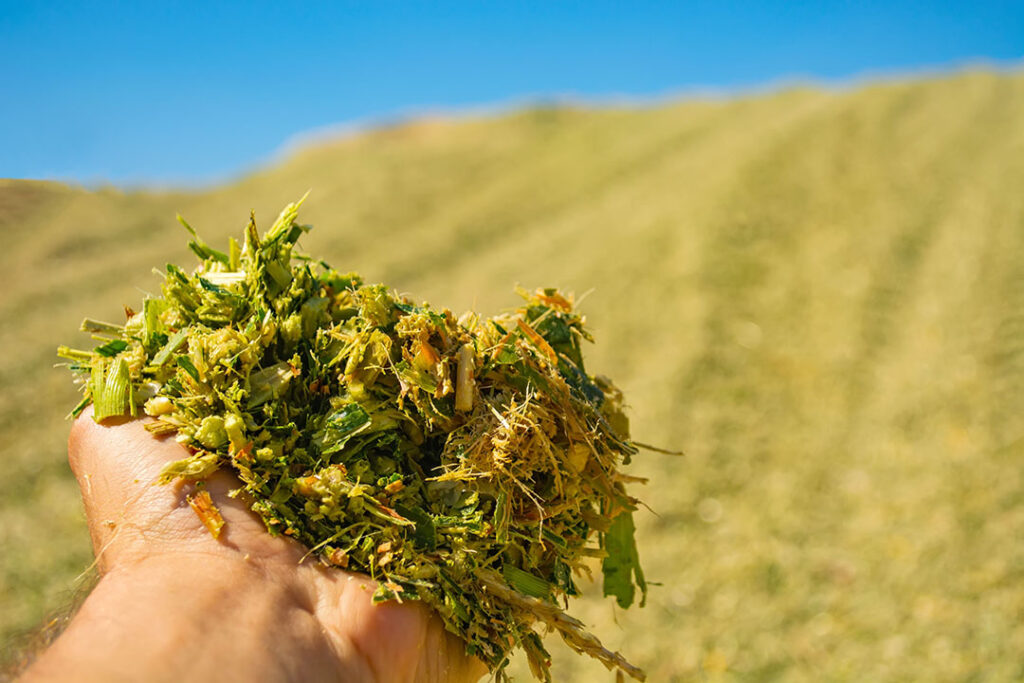
Biodigesters in mini size with major benefits
The use of mini digesters is increasing on dairy farms in Europe and North America. Here we look at what is on offer. Reducing carbon emissions on dairy farms is a critical goal right now, not least in order to show consumers that dairy farmers are doing their bit to slow global warming and that dairy products are sustainable. Page 11.
New forages for the future
Australian scientists are developing new forage varieties and species to support the dairy industry as farm systems change and adapt to climate variability and volatility. The Future Forages research is part of the new DairyBio 21–26 programme. It will also improve existing forage varieties and species. The new programme started in July, the aim of which is to drive productivity and profitability on Australian dairy farms. Page 14.
Read the digital version of Dairy Global edition 5 here!
Instant feed analysis for an efficient farm
In agriculture, as in many other sectors, time is money. Is there a way to analyse livestock feed while saving time and money yet still getting accurate results? Here we look at on-demand results of feed analysis. Si-Ware Systems Inc tells us more about fast feed analysis and efficiency on-farm. Page 16.
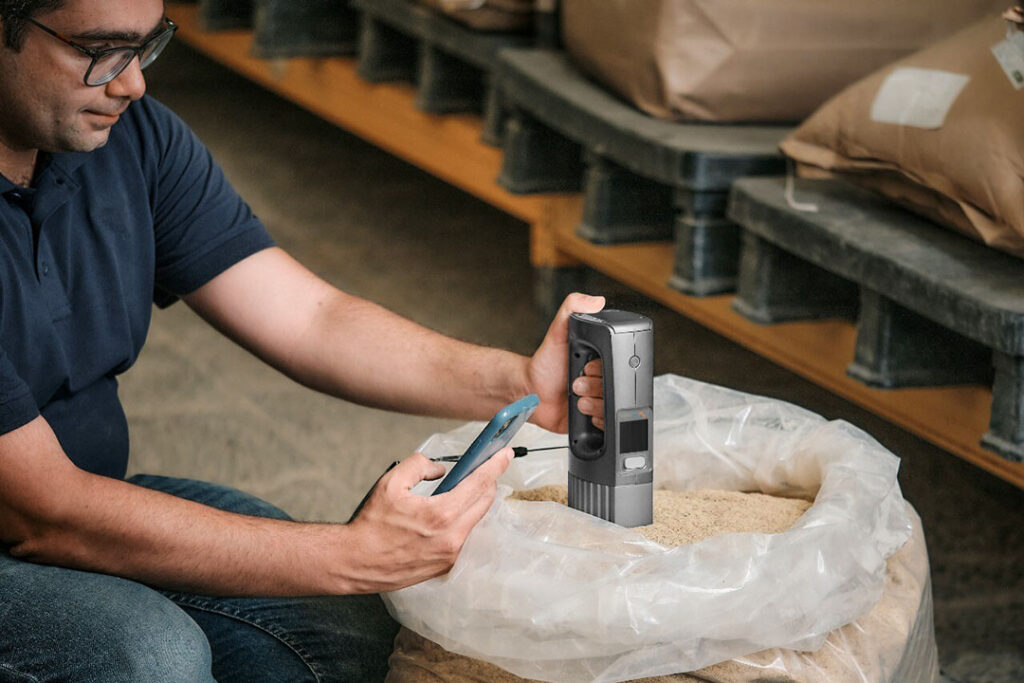
Lower profit for Brazilian farmers
The prices paid to Brazilian milk producers increased but were less than the cost of production between January and October 2021. Input costs grew 14% while farmers received 4.8% more for their milk during that period. In other words, the increase of milk prices cannot be seen as leading to profitability for producers, since the gain is eroded by the high increases in production costs. Page 18.
Milking machines – from maintenance to hygiene
Choosing the correct milking machine is an important decision on any dairy farm, but keeping it clean and well maintained is just as vital when producing food. Trends across the world show that the number of dairy farms is decreasing, and those that are left are increasing their numbers of cows. This puts more demands on milking machines. Page 20.
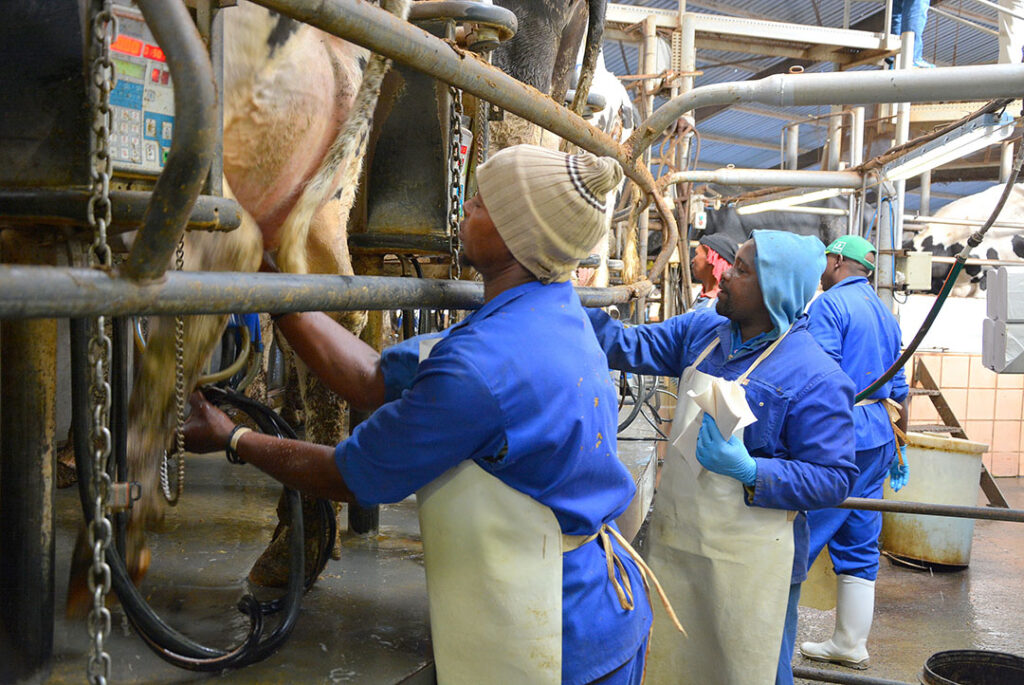
Training heifers on a “phantom” milking robot
Training heifers on an automatic milking system “phantom” helps acclimatise them for the following lactation at the actual automatic milking system. This is the finding from research conducted on Holstein-Friesian heifers in Germany. Introducing heifers into the automatic milking system is associated with stress for both animals and farm employees, as completely inexperienced heifers initially do not independently enter the unknown milking robot. Page 22.
Smart ideas for sustainable forage management
In addition to global population growth, there are multiple challenges related to sustainable forage management, including global climate change and its adverse impact on agriculture, necessary reductions in carbon and water footprints, maintenance of soil quality, competition for land, food safety and security, etc. Resilient, flexible and sustainable forage management strategies are needed to address these challenges and to ensure profitable feeding of dairy cattle and a sustainable dairy industry. Page 24.



